
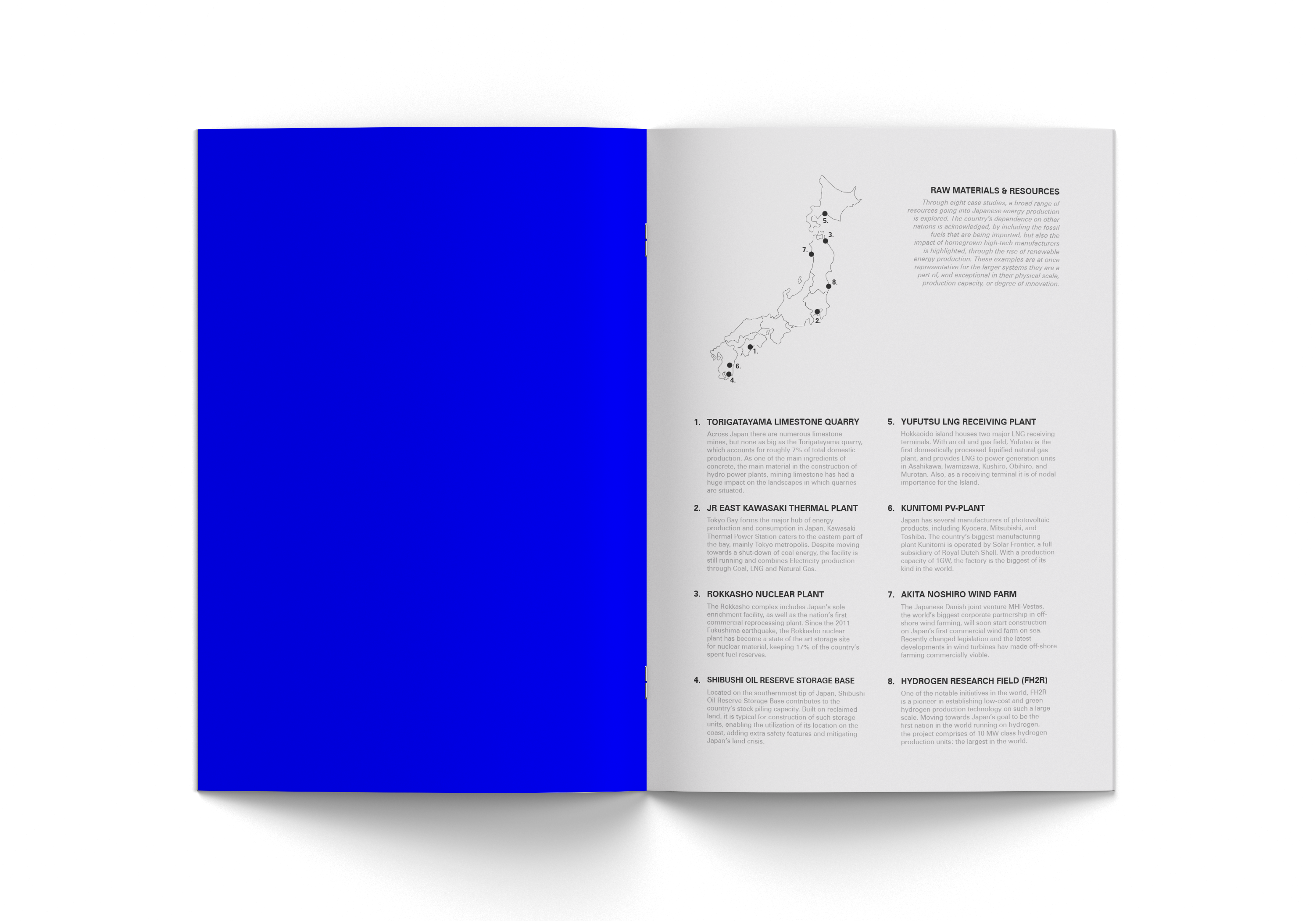
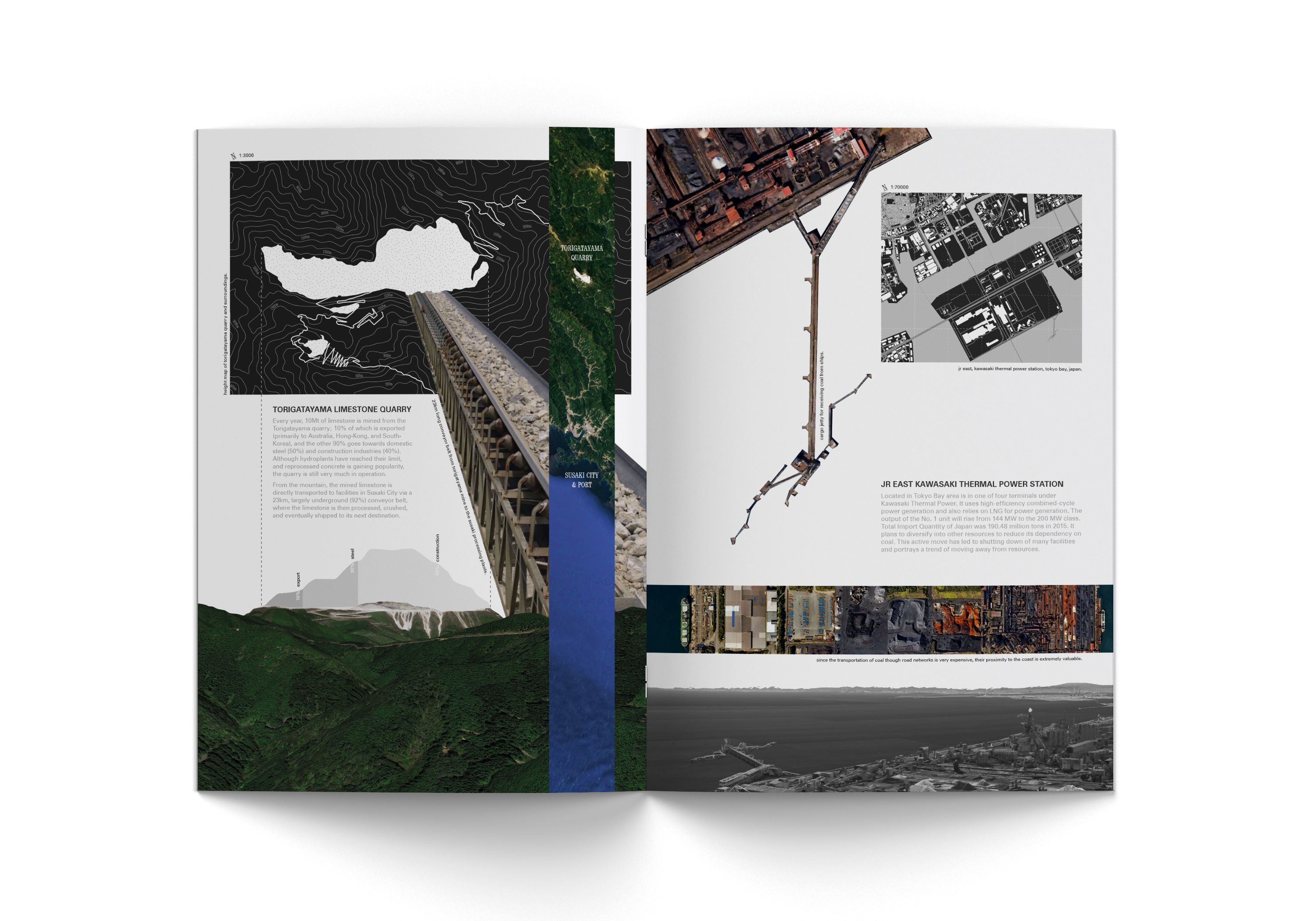
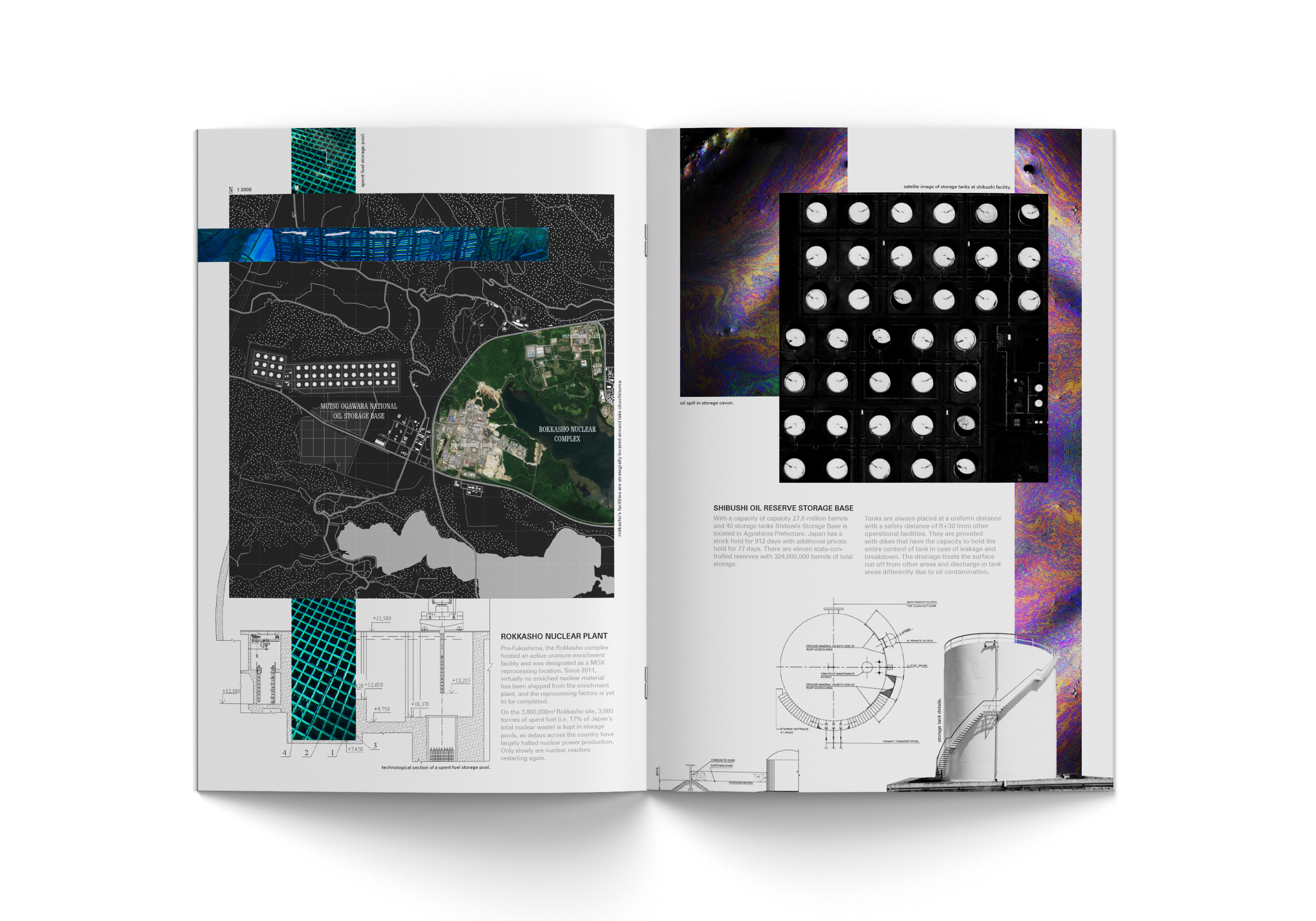

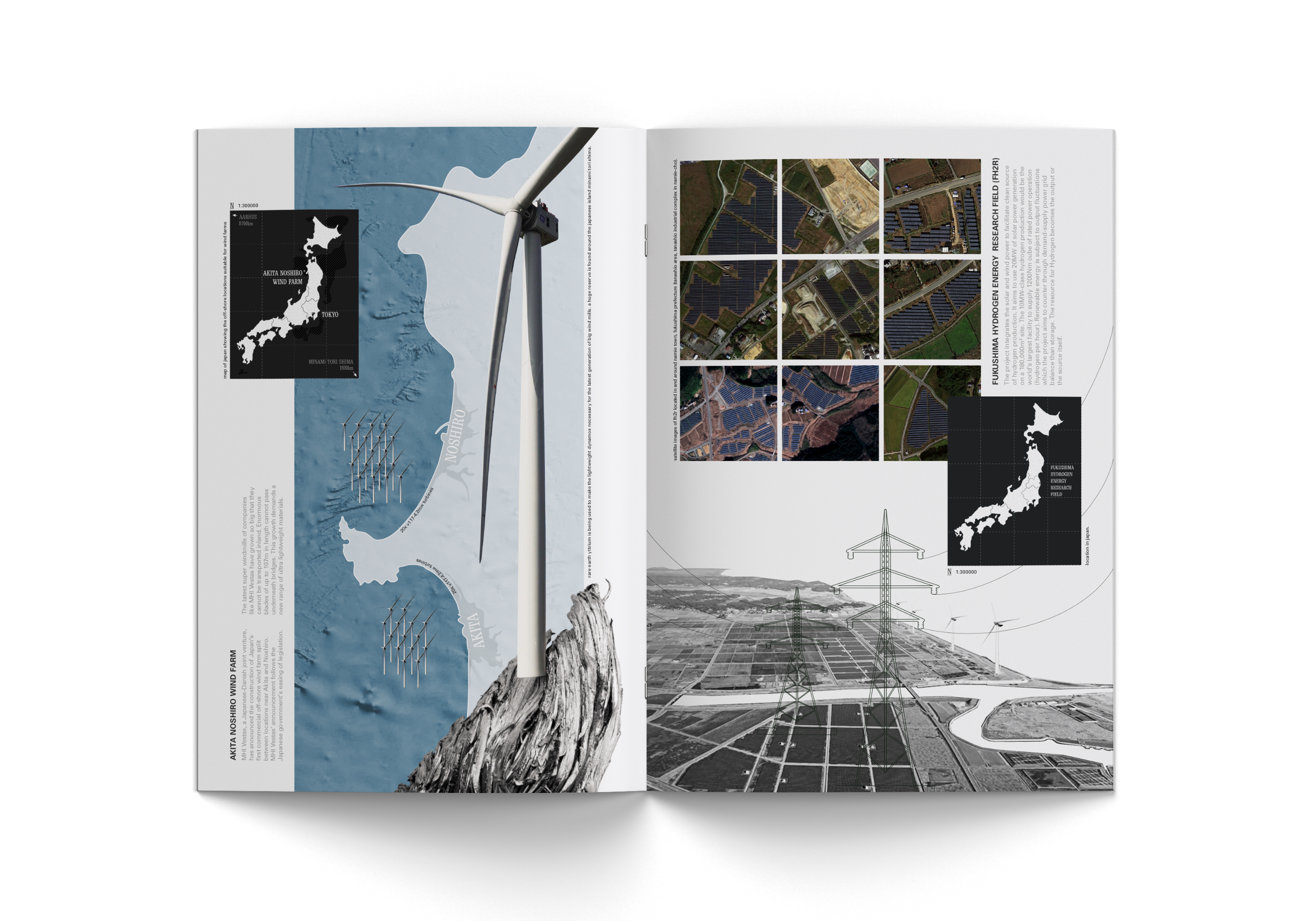
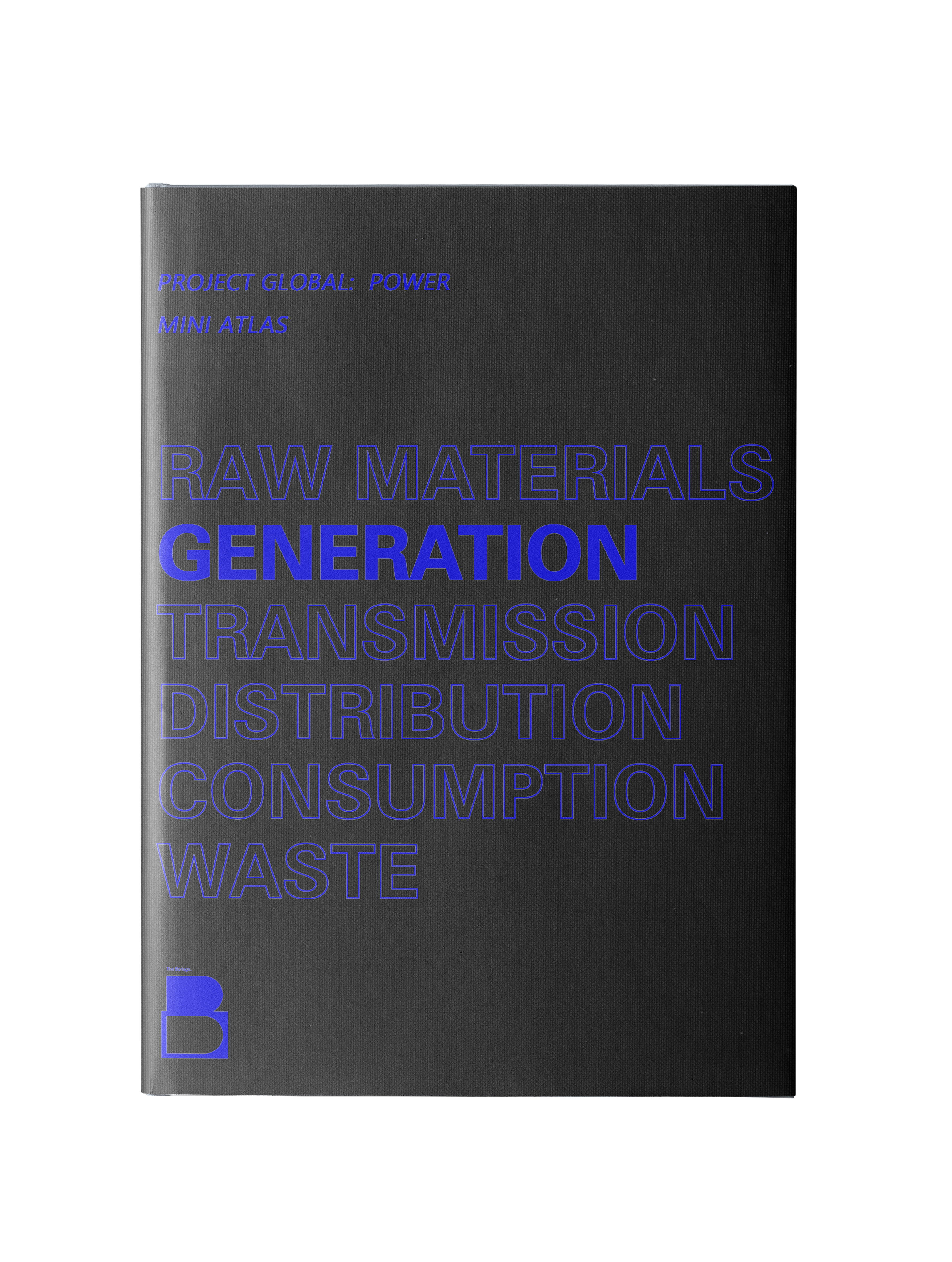
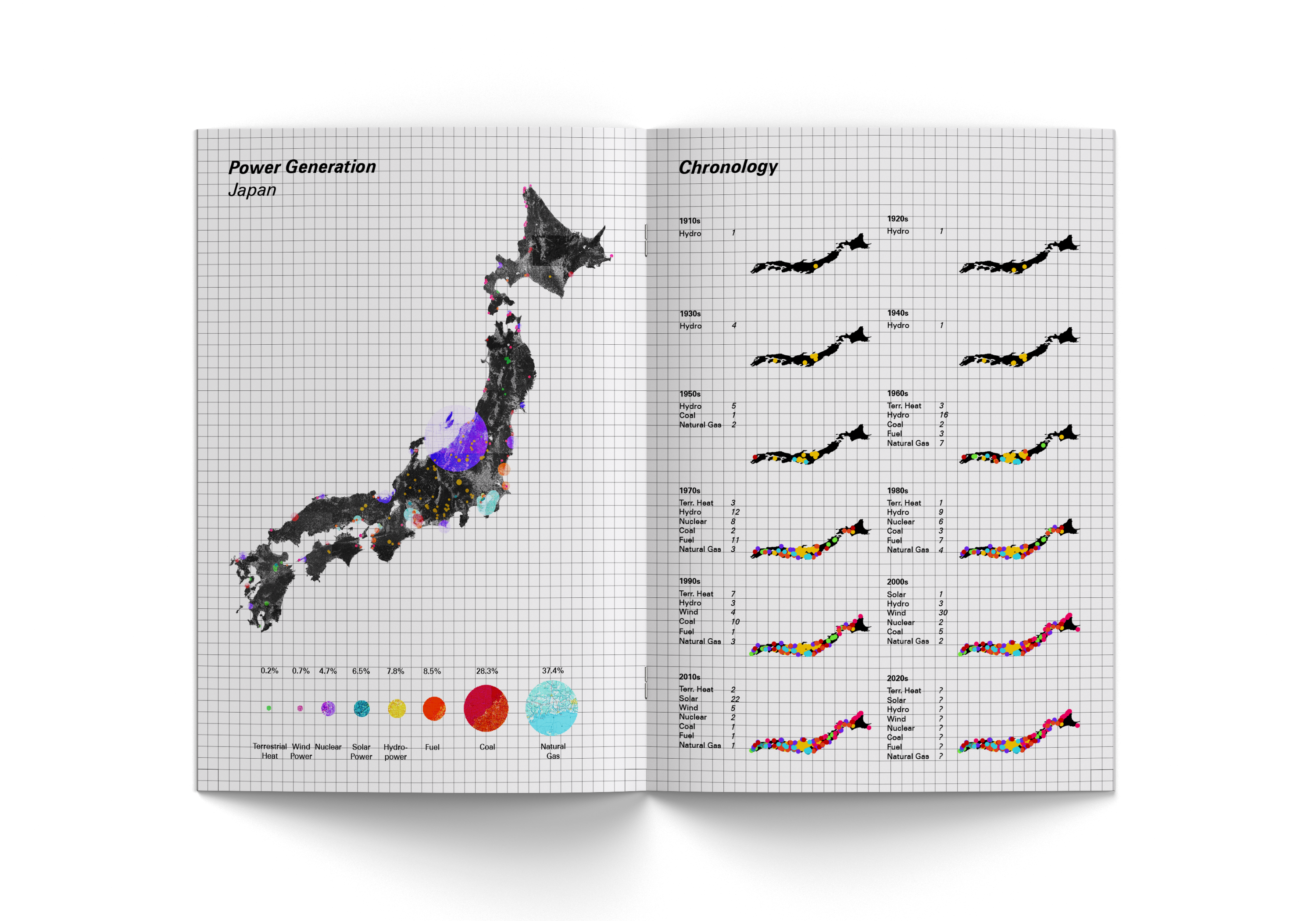
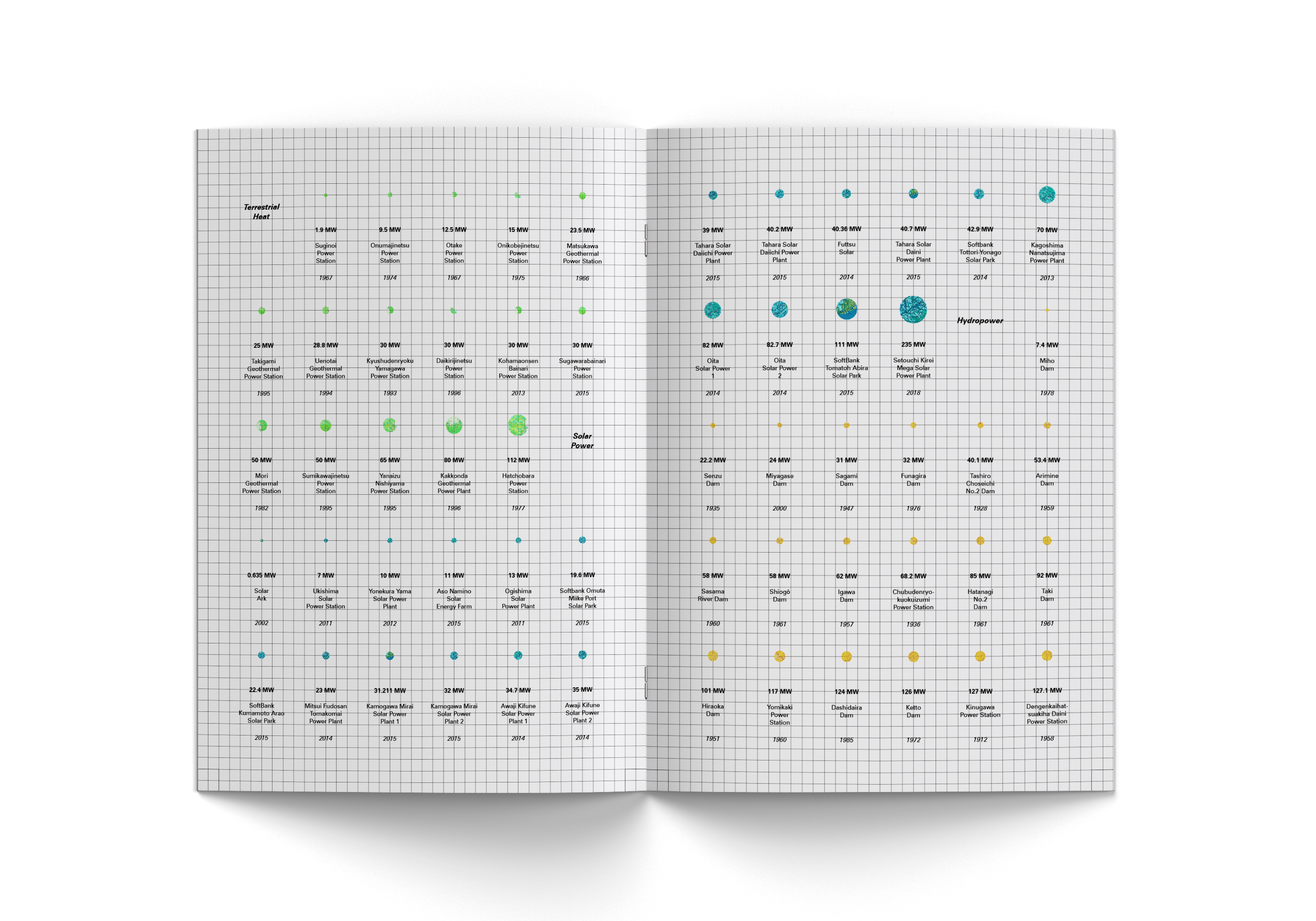

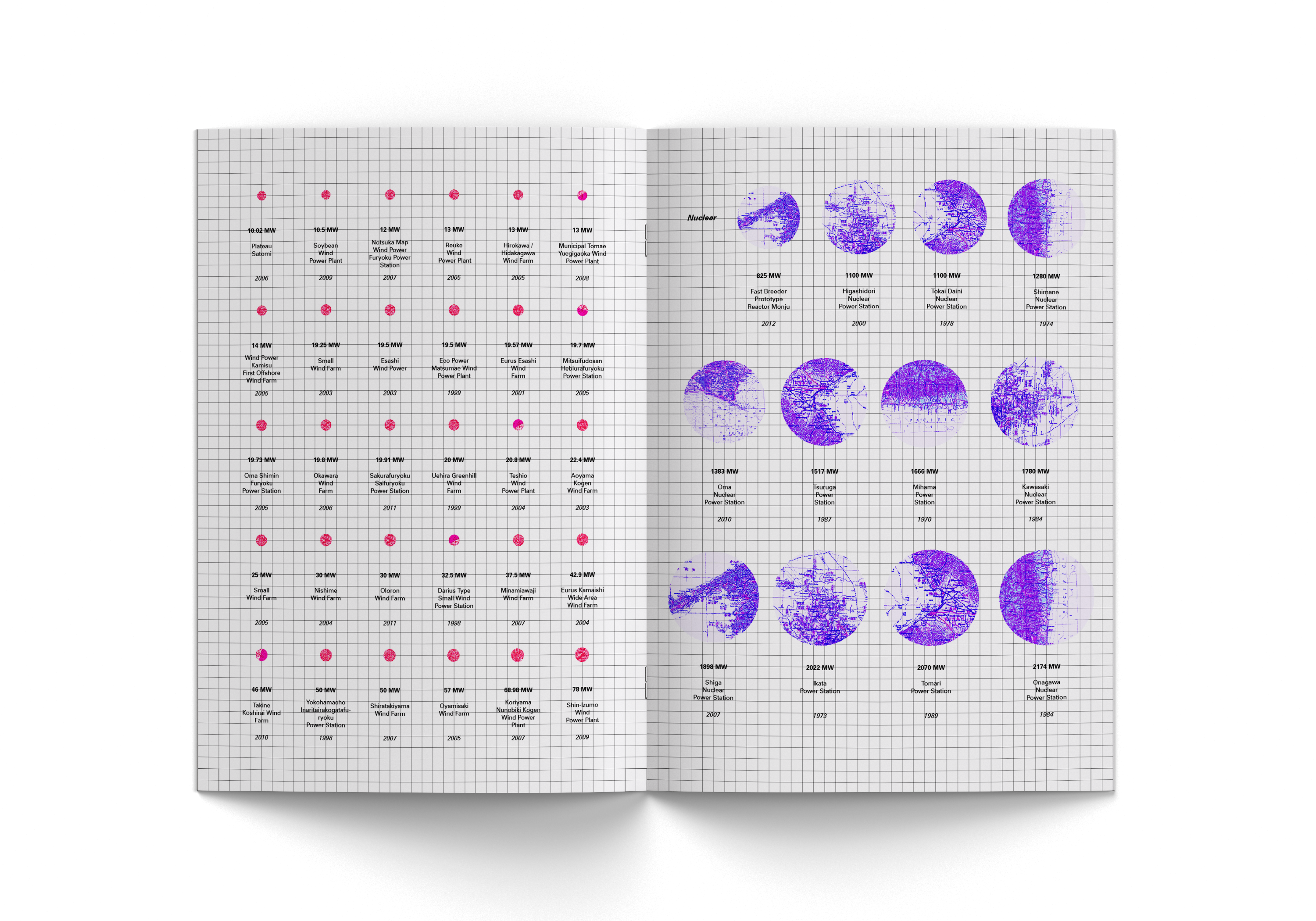
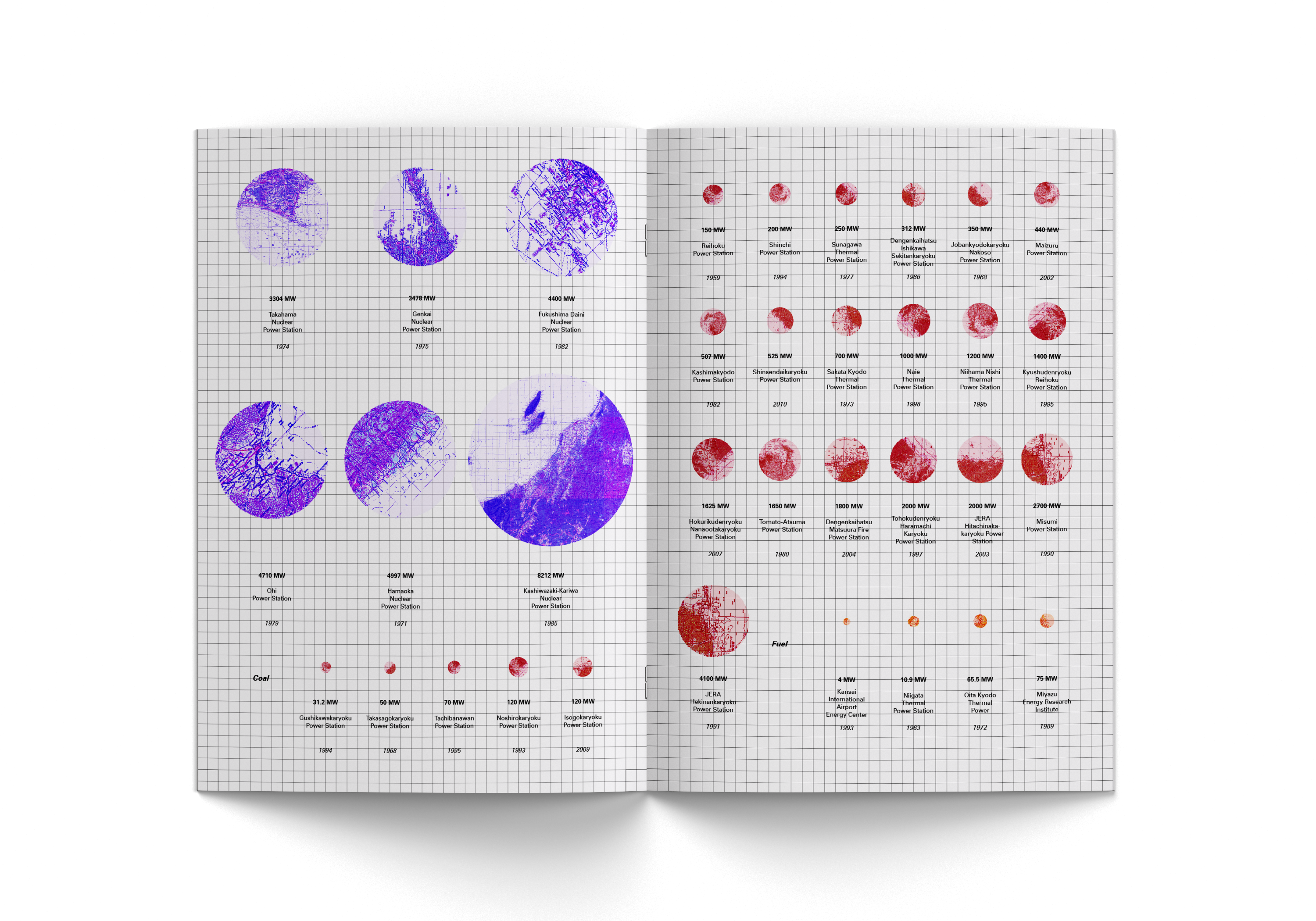
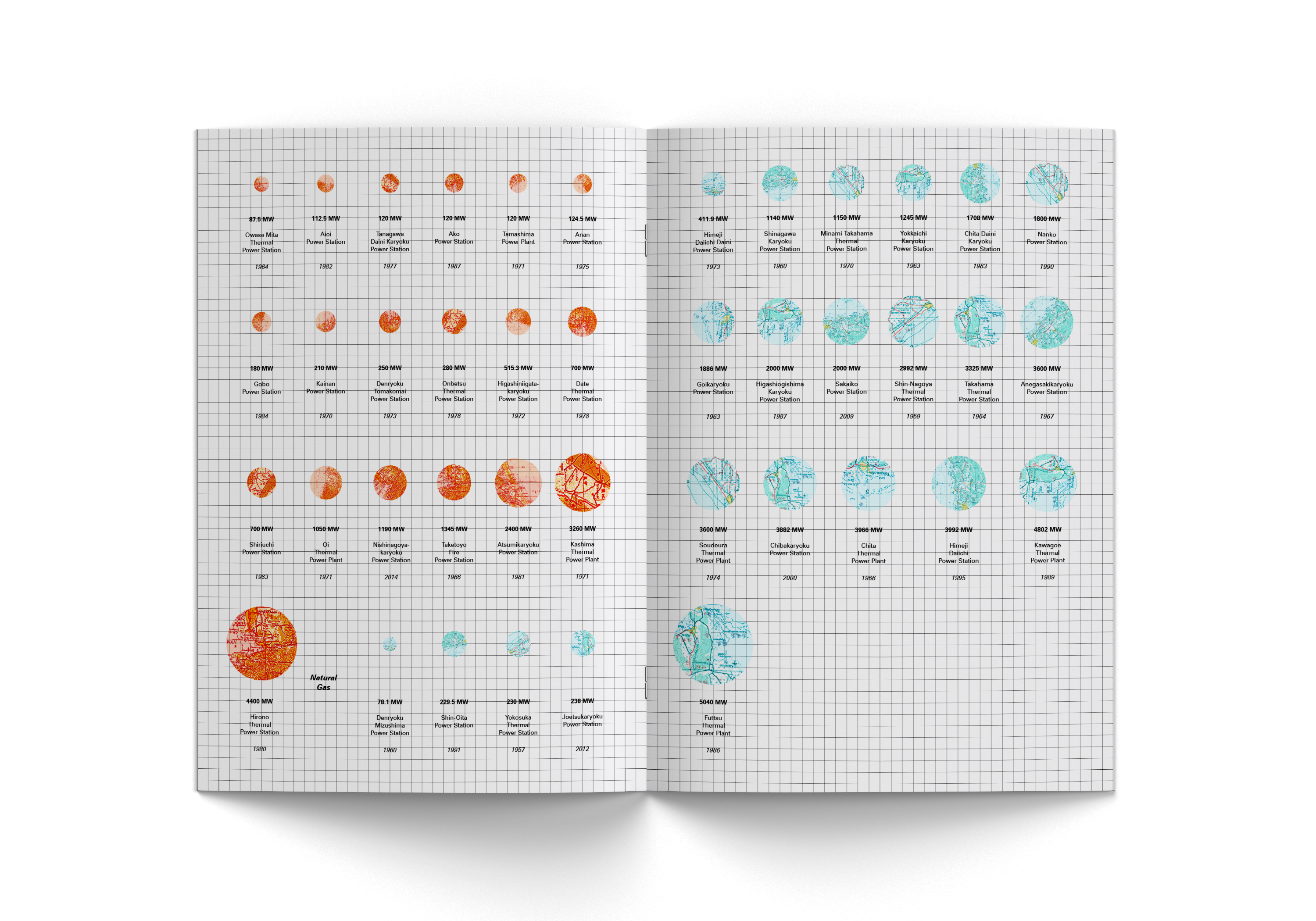

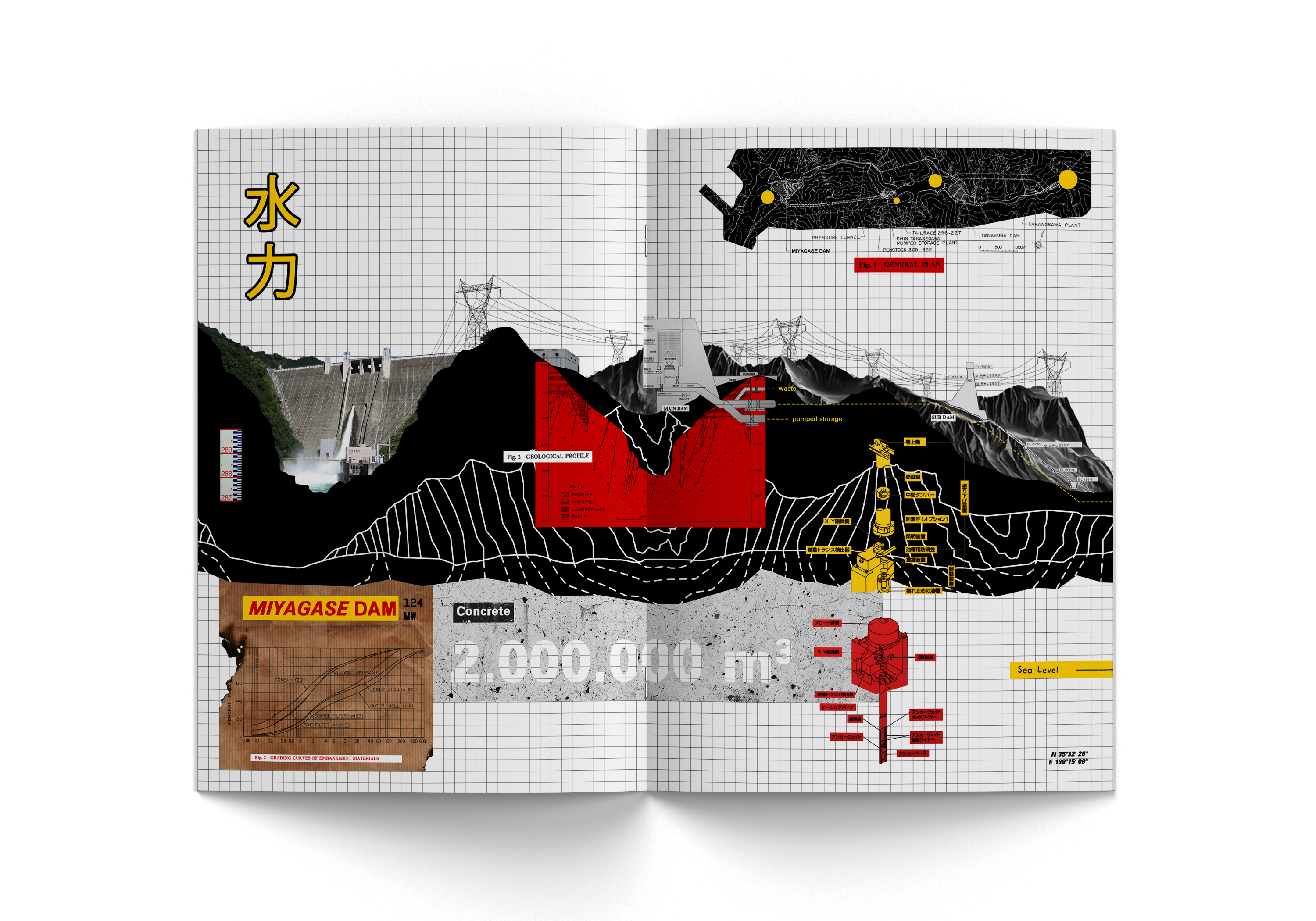
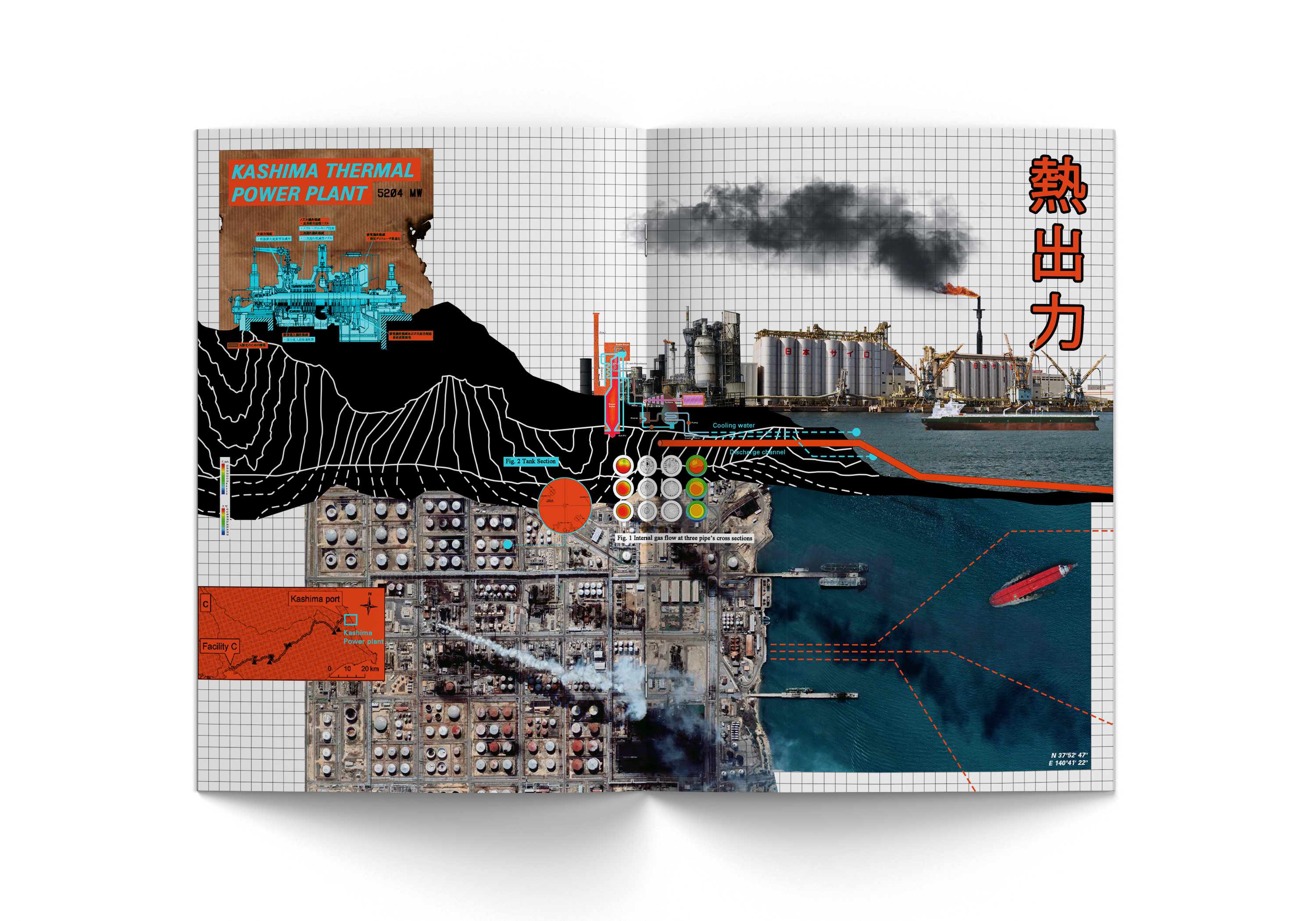


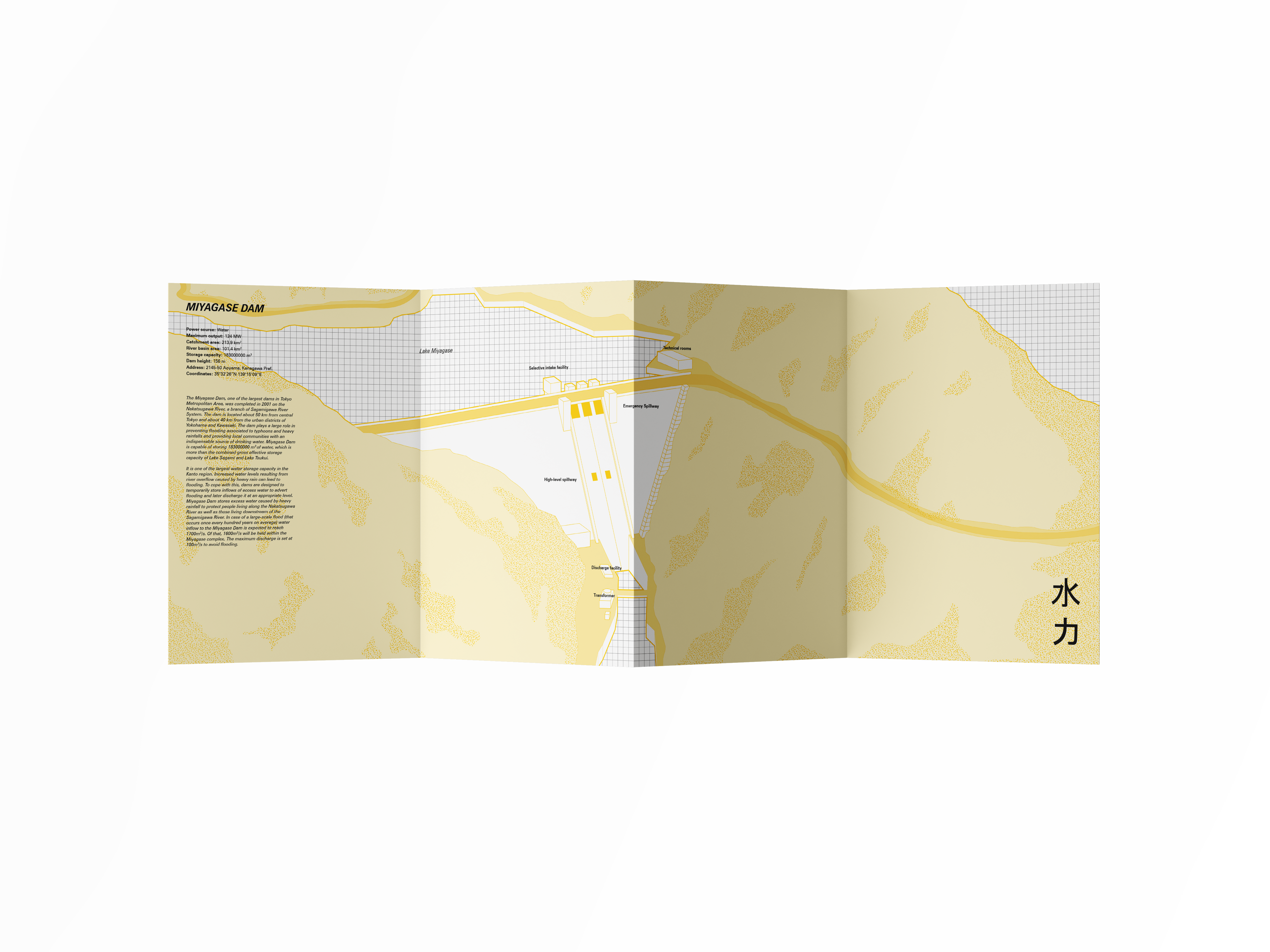
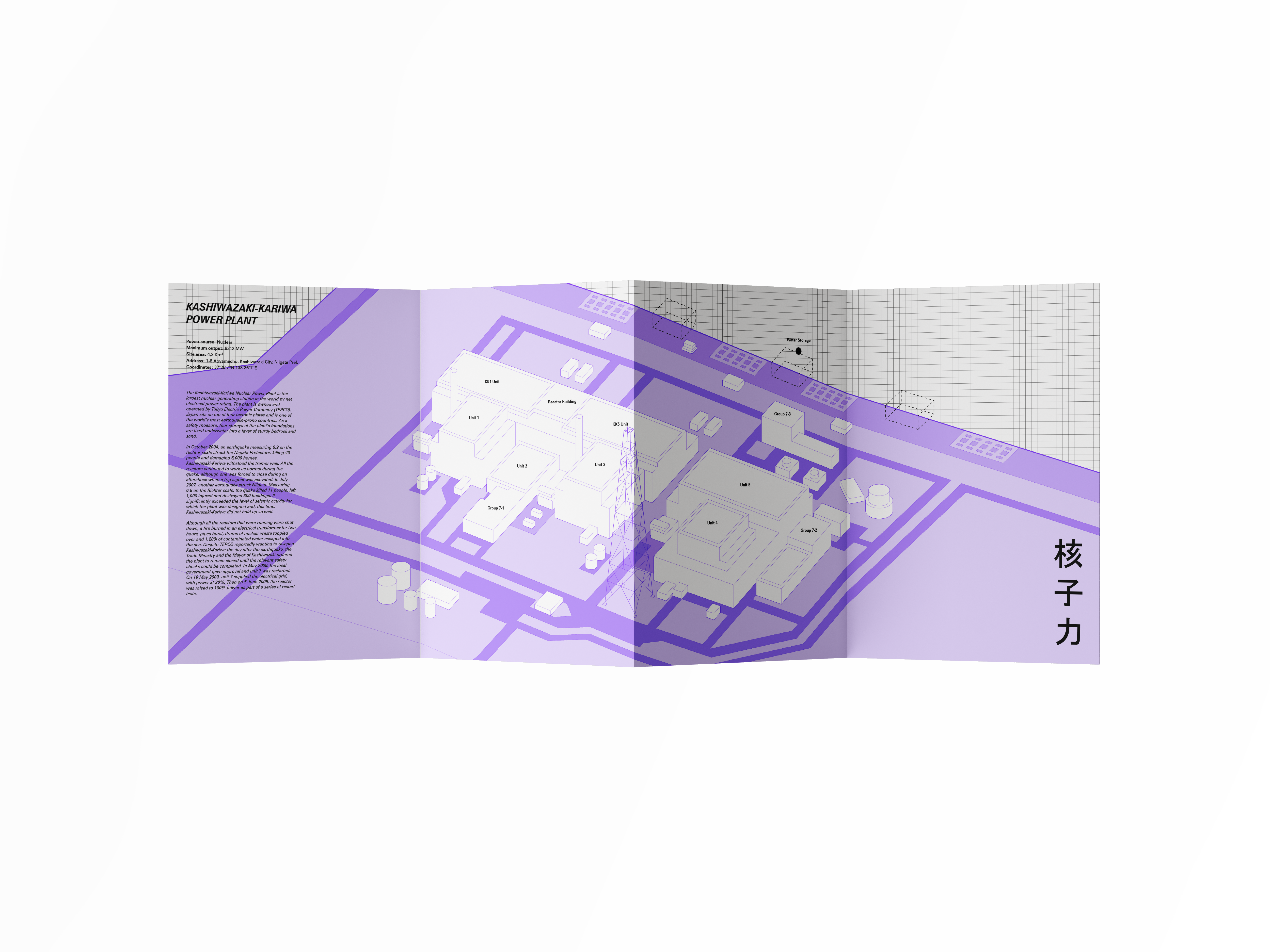

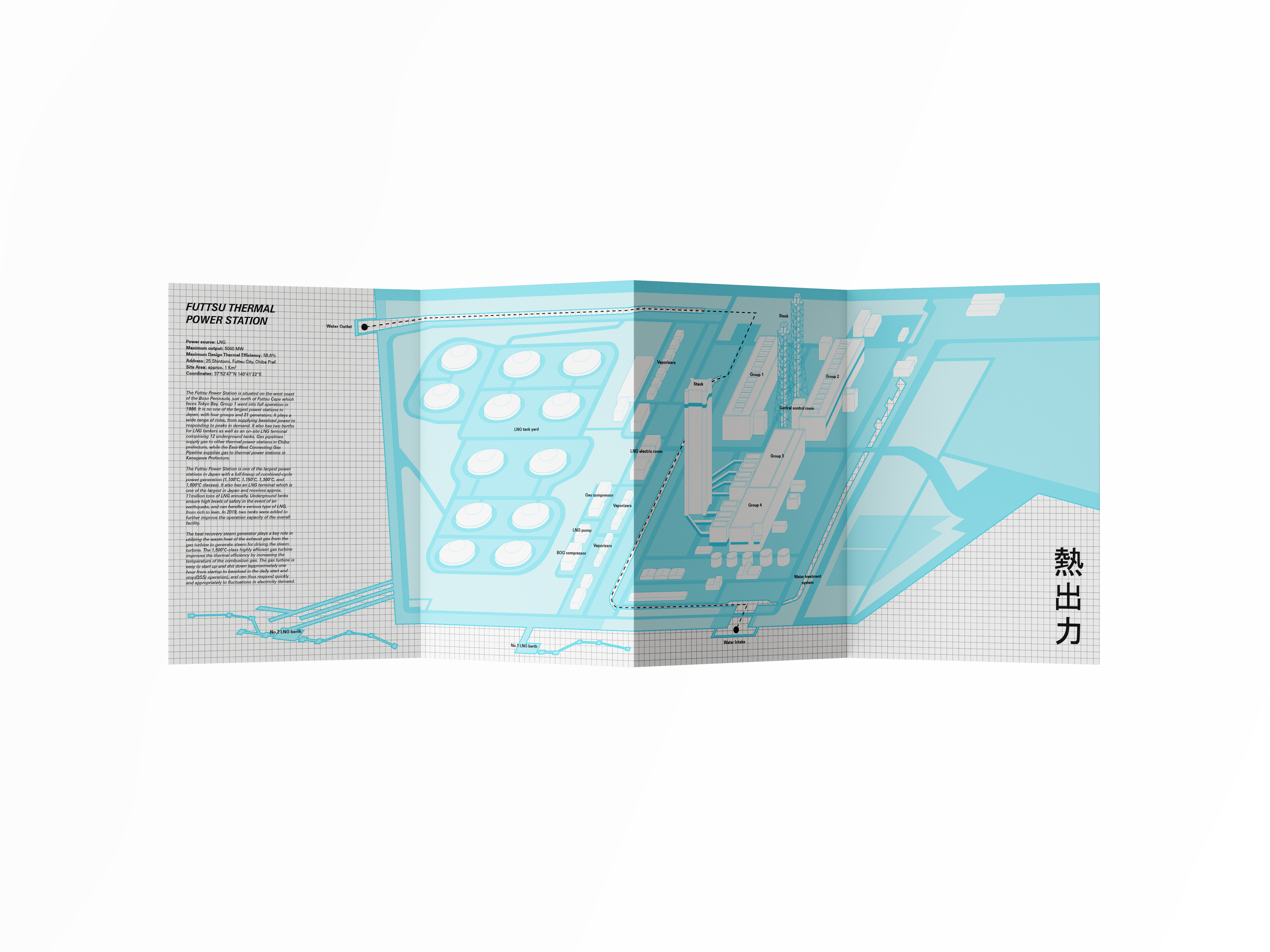
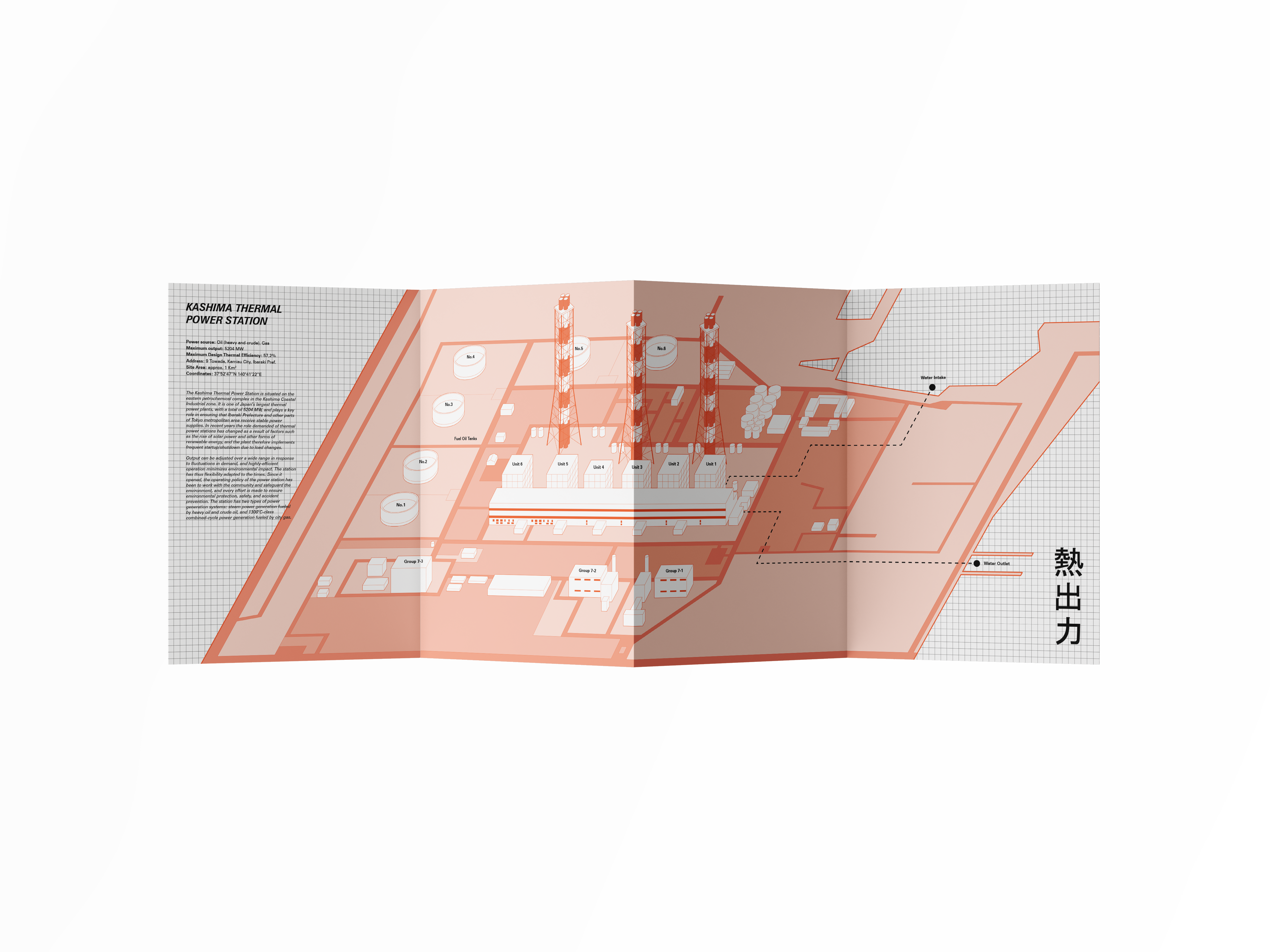



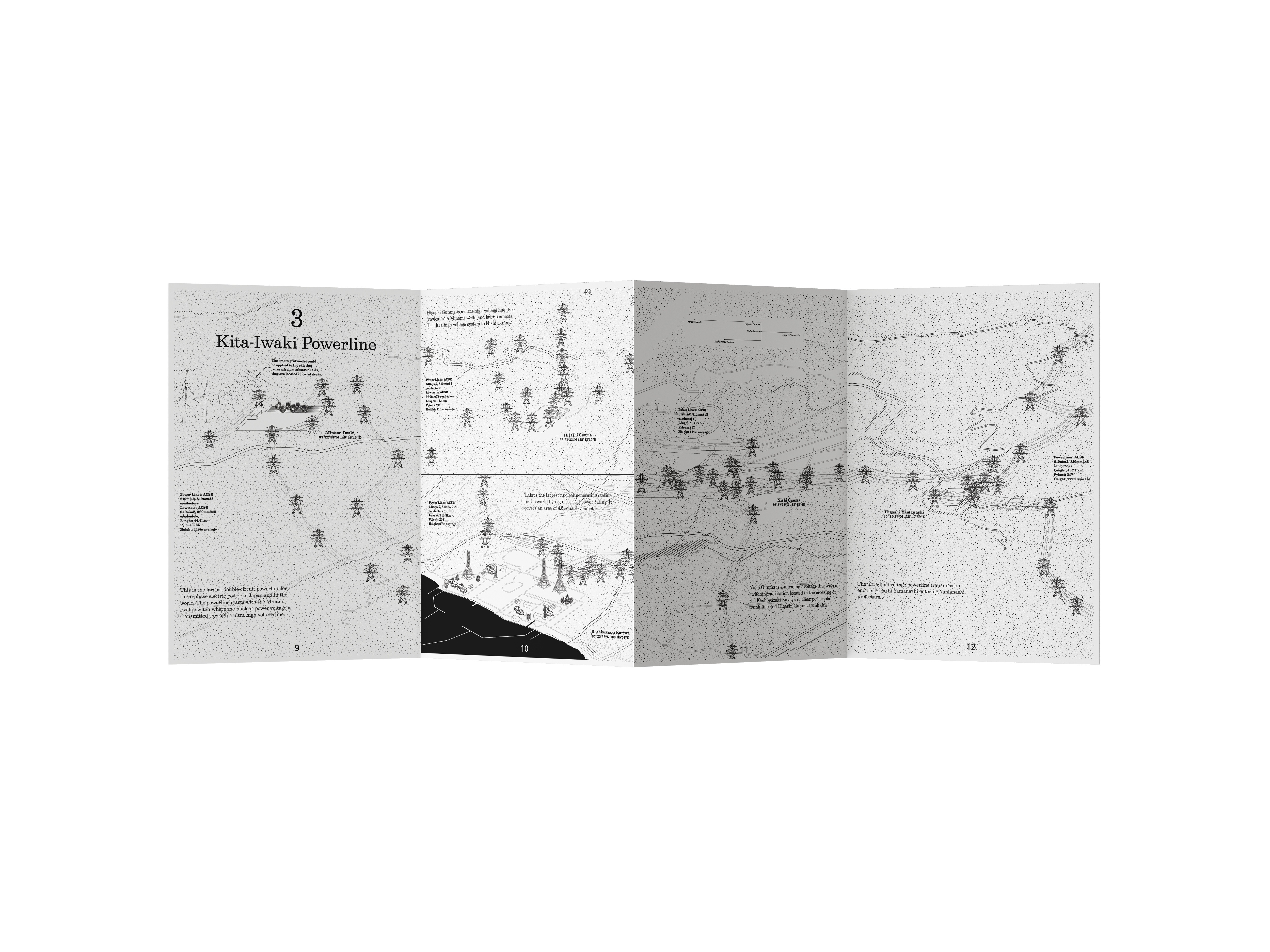


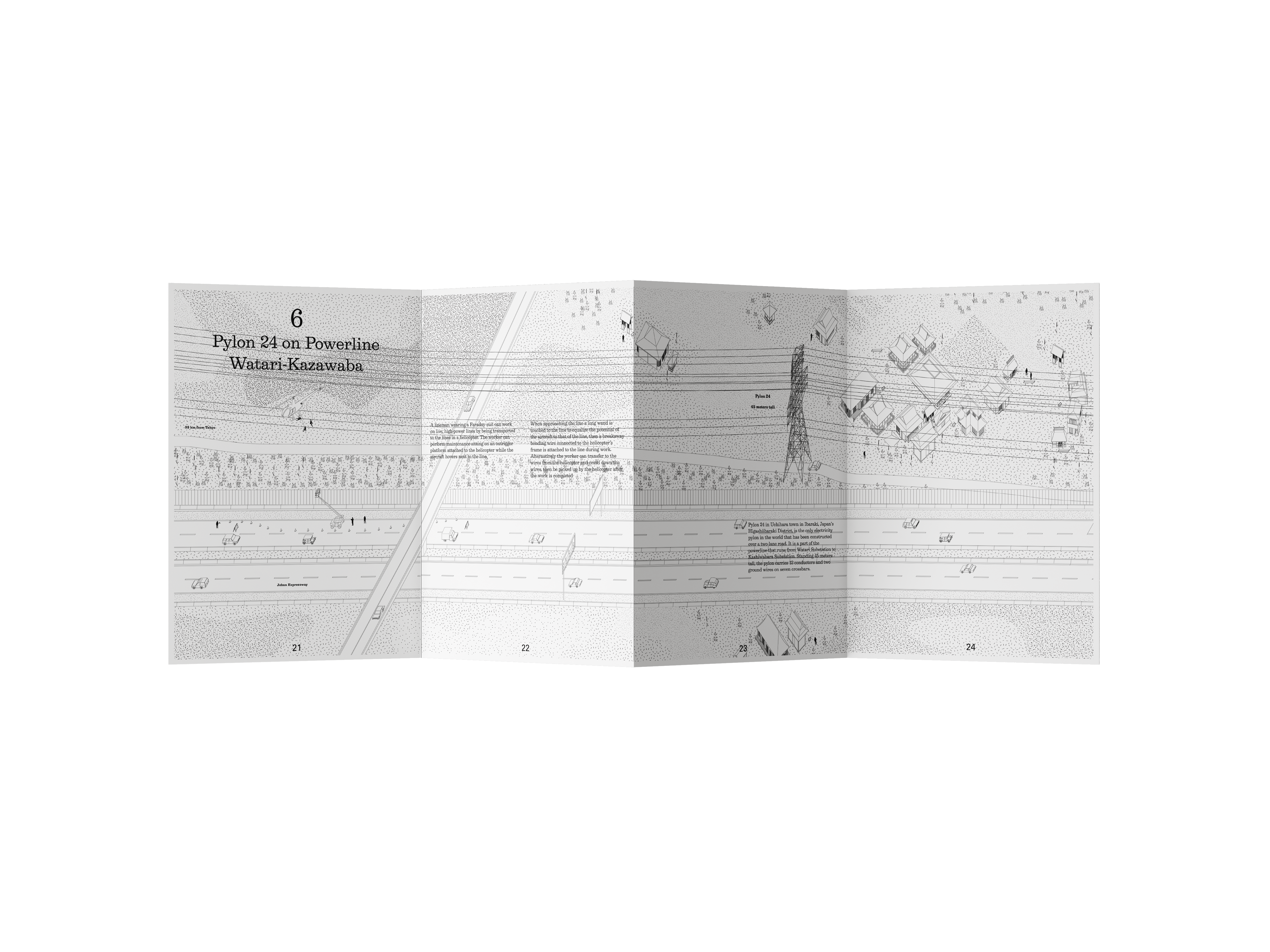

10 pages
A4 size 210x297mm
01. Raw Materials
A4 size 210x297mm
01. Raw Materials
Through eight case studies, a broad range of resources going into Japanese energy production is explored. The country’s dependence on other nations is acknowledged, by including the fossil fuels that are being imported, but also the impact of homegrown high-tech manufacturers is highlighted, through the rise of renewable energy production.
31 pages
A4 size 210x297mm
A4 size 210x297mm
02. Power Generation
Japan is a country that has a large demand for energy. Although this country has the nuclear power plant which generated the most energy around the world with 8212 MW, thermal power generation such as LNG and coal, etc provide most of the energy-generation to the nation, with total national generation of 74.2%.
7 pages
4 A4 size brochure 210x297mm
03. Transmission
4 A4 size brochure 210x297mm
03. Transmission


